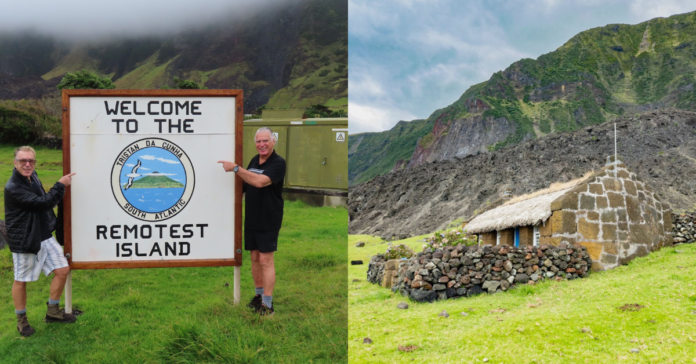In the heart of the South Atlantic Ocean lies Tristan da Cunha, a tiny, volcanic island known as the world’s most remote inhabited settlement. Home to only 264 residents, this extraordinary community thrives in isolation, surrounded by breathtaking landscapes and an endless horizon.
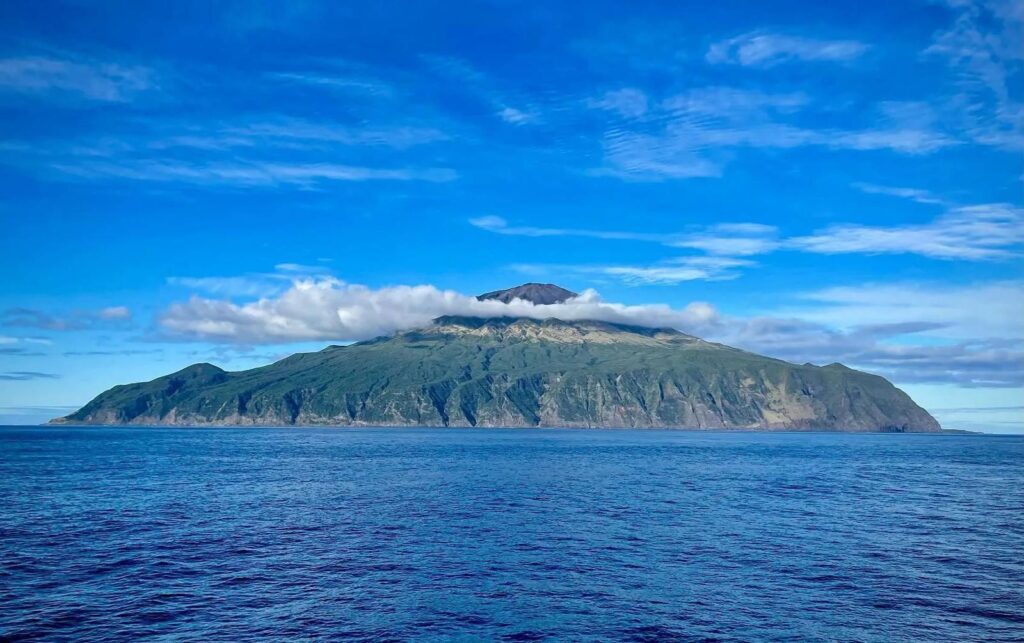
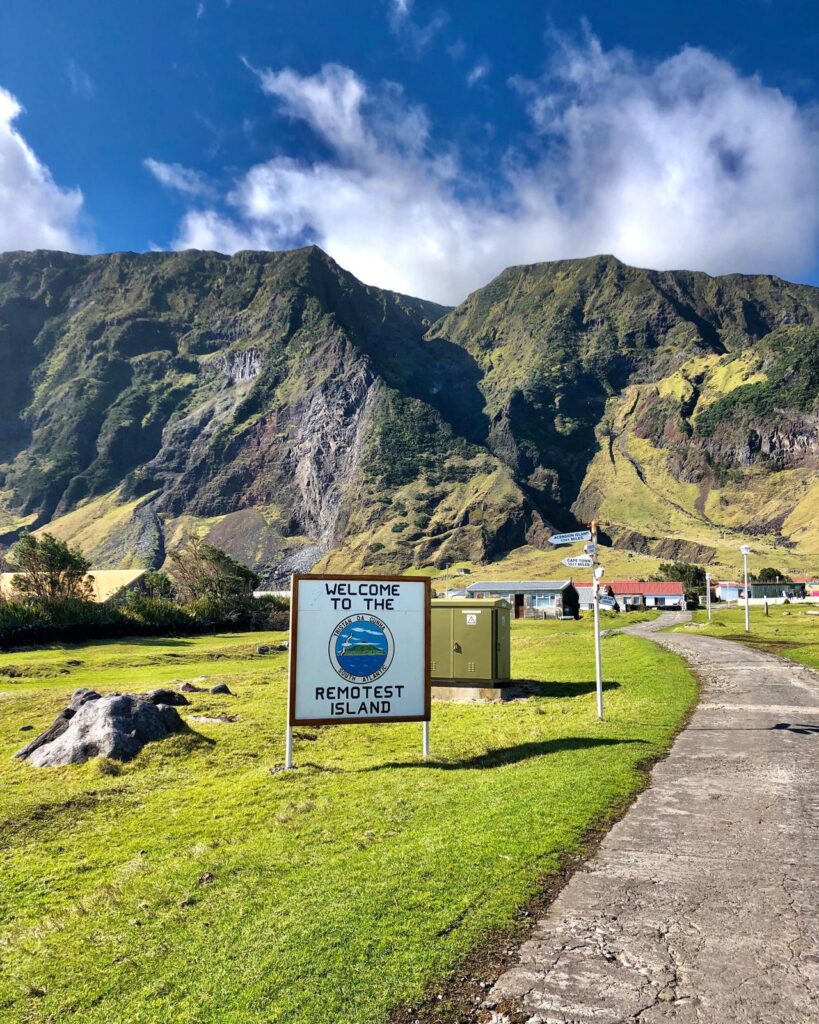
Life in Isolation.
With no airport and the nearest mainland over 1,500 miles away, Tristan da Cunha is accessible only by a week-long voyage from Cape Town. Despite its seclusion, the island’s residents live a fulfilling life centered on farming, fishing, and craftsmanship. The tight-knit community, made up of just nine surnames, enjoys a simple lifestyle far removed from the chaos of modern cities.
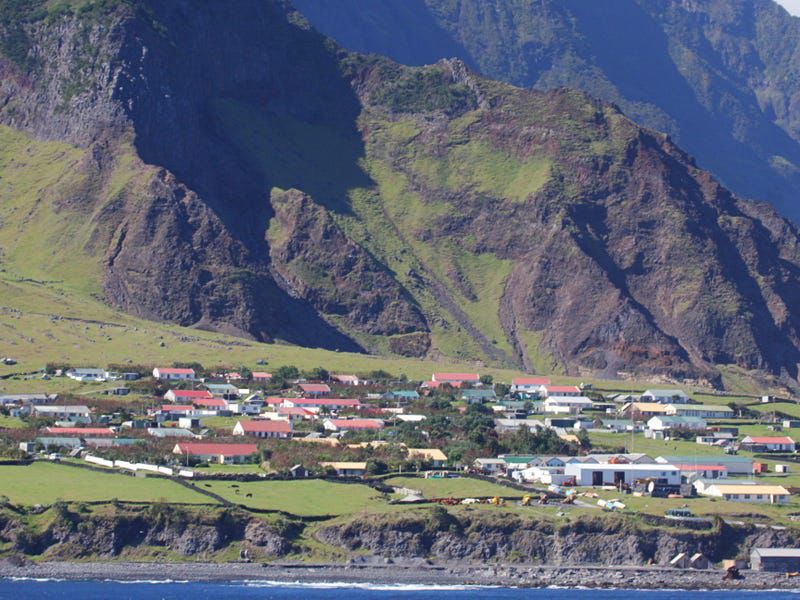
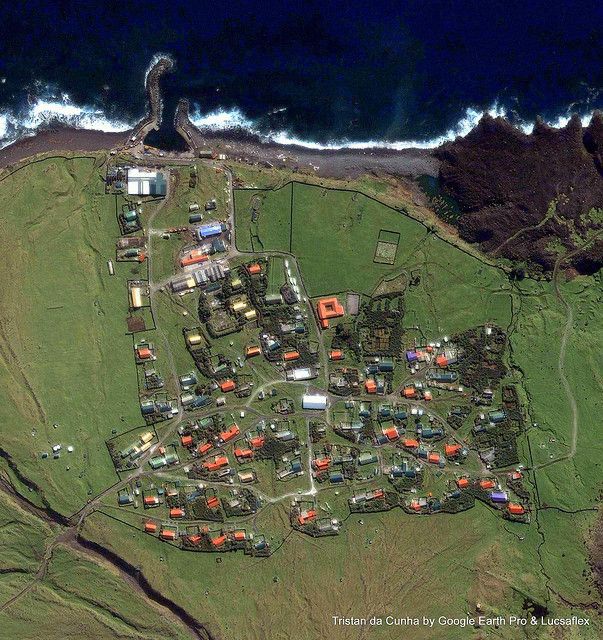
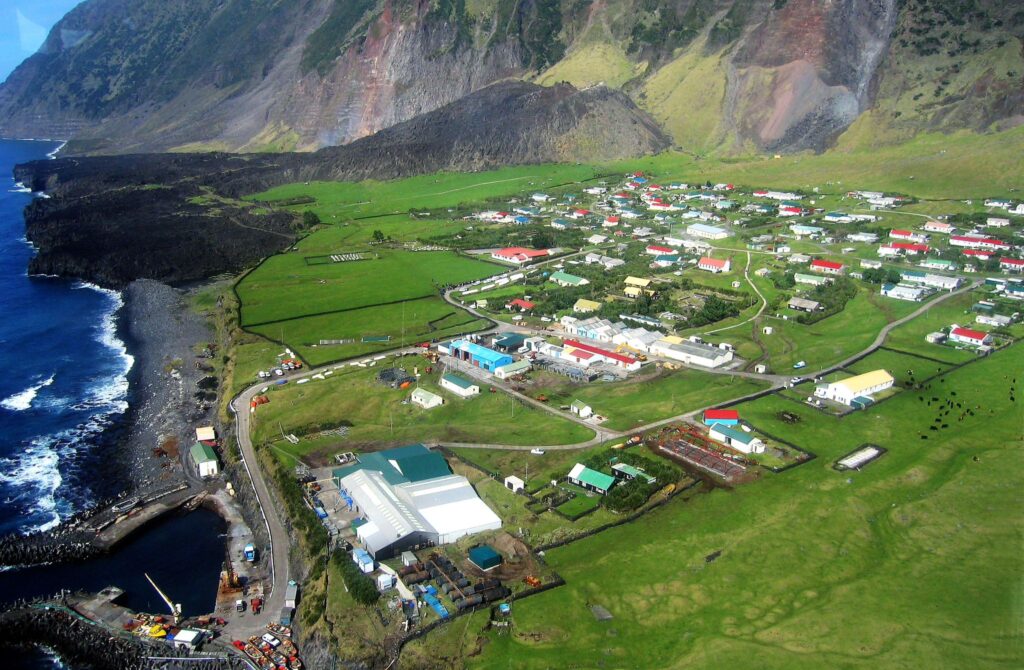
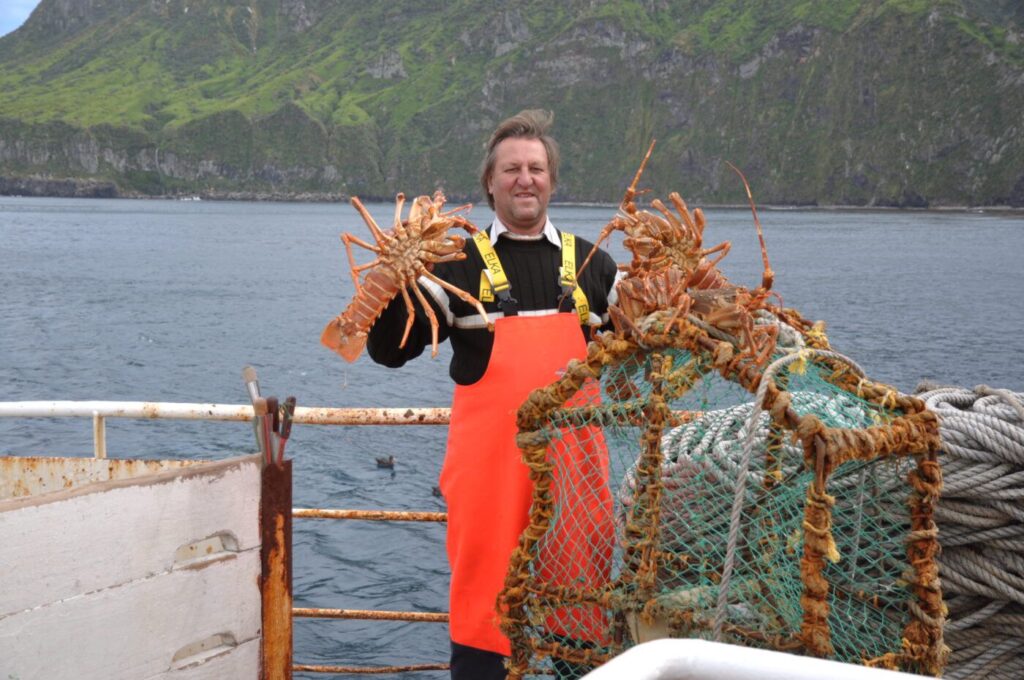

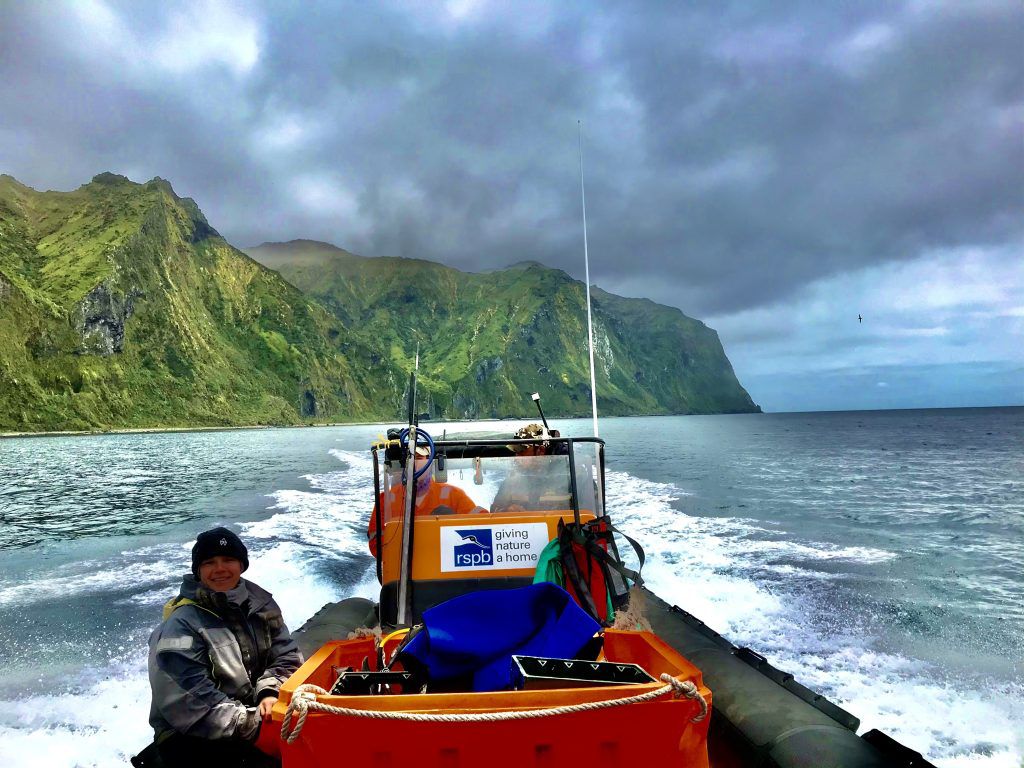
A History of Resilience.
Discovered in 1506 by Portuguese explorer Tristão da Cunha, the island was settled in the early 19th century. Its residents have weathered many challenges, including a volcanic eruption in 1961 that forced a temporary evacuation to England. Despite the hardship, most islanders returned, rebuilding their homes with remarkable determination.
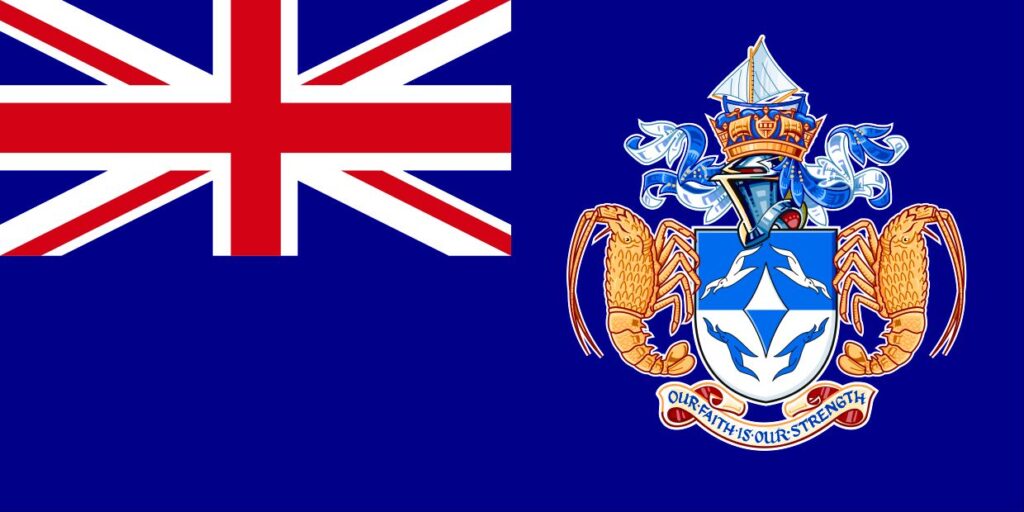
A Heaven for Wildlife.
Tristan da Cunha is also a wildlife sanctuary. Its waters and cliffs host rare species like rockhopper penguins, albatrosses, and seals. As a designated Marine Protection Zone, the area plays a vital role in global conservation efforts, attracting scientists and ecotourists alike.
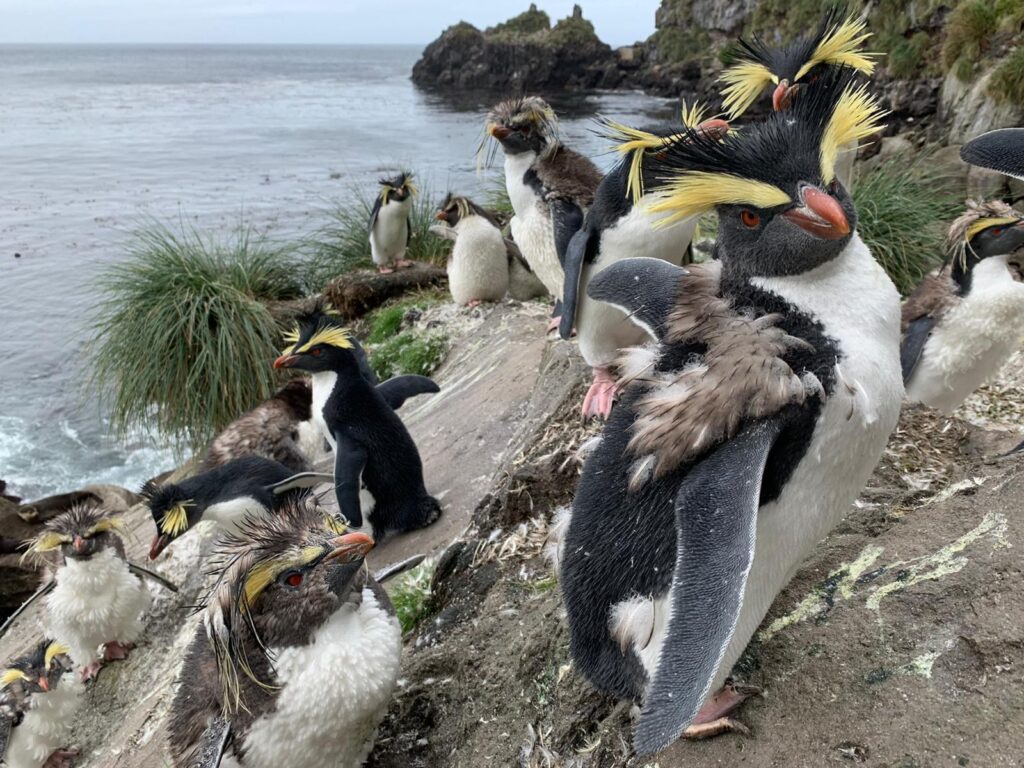
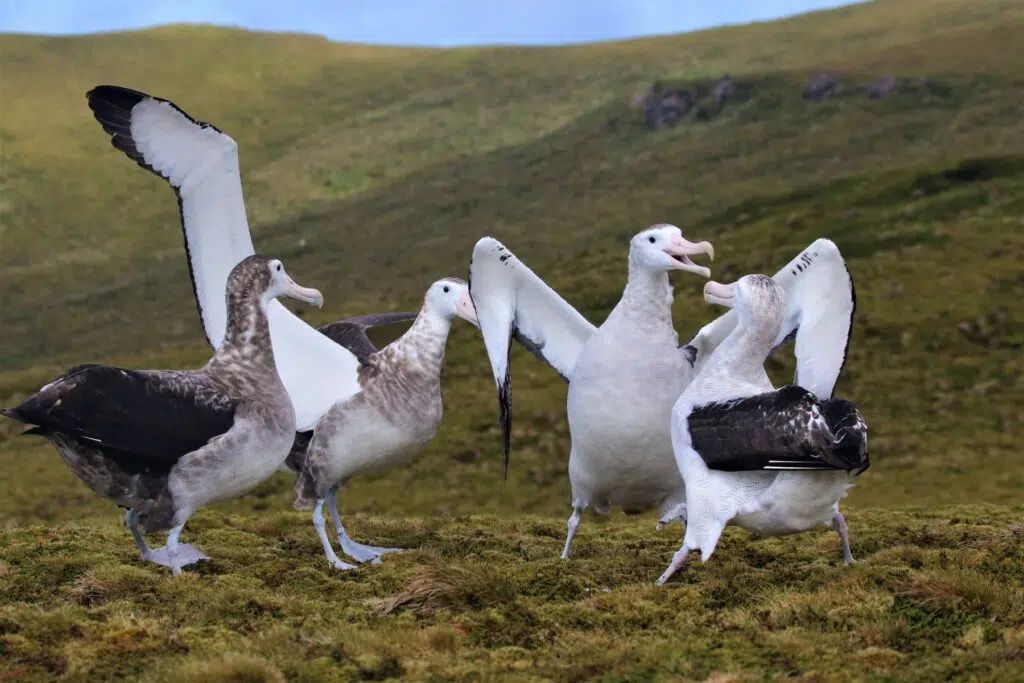
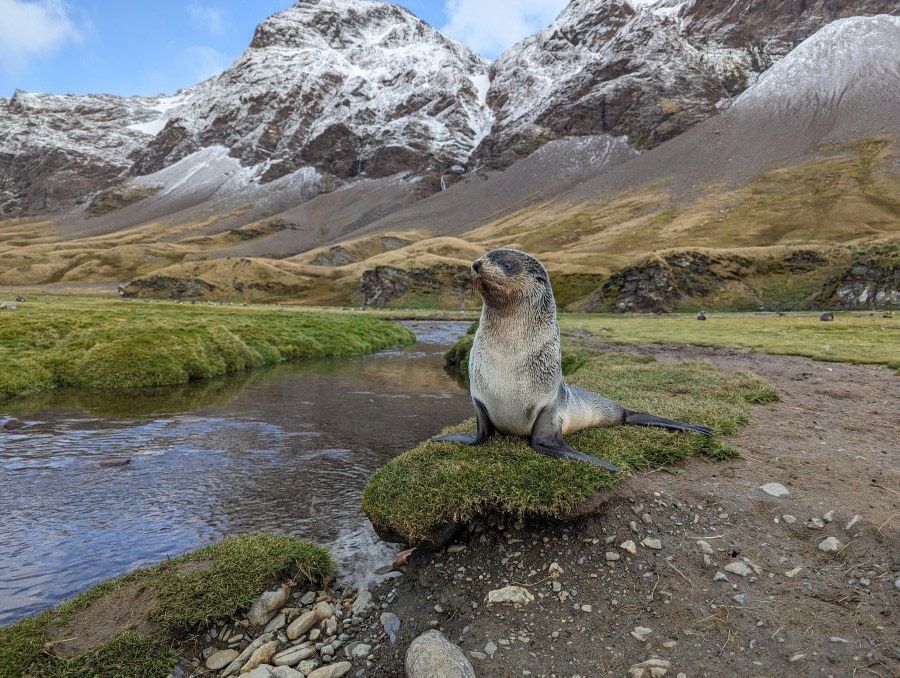
Why Visit Tristan da Cunha?
For adventurous travelers, Tristan da Cunha offers an escape like no other. Hike its volcanic peaks, savor the quiet charm of Edinburgh of the Seven Seas, and connect with a community where simplicity reigns. It’s a rare opportunity to step back in time and experience life at nature’s pace.
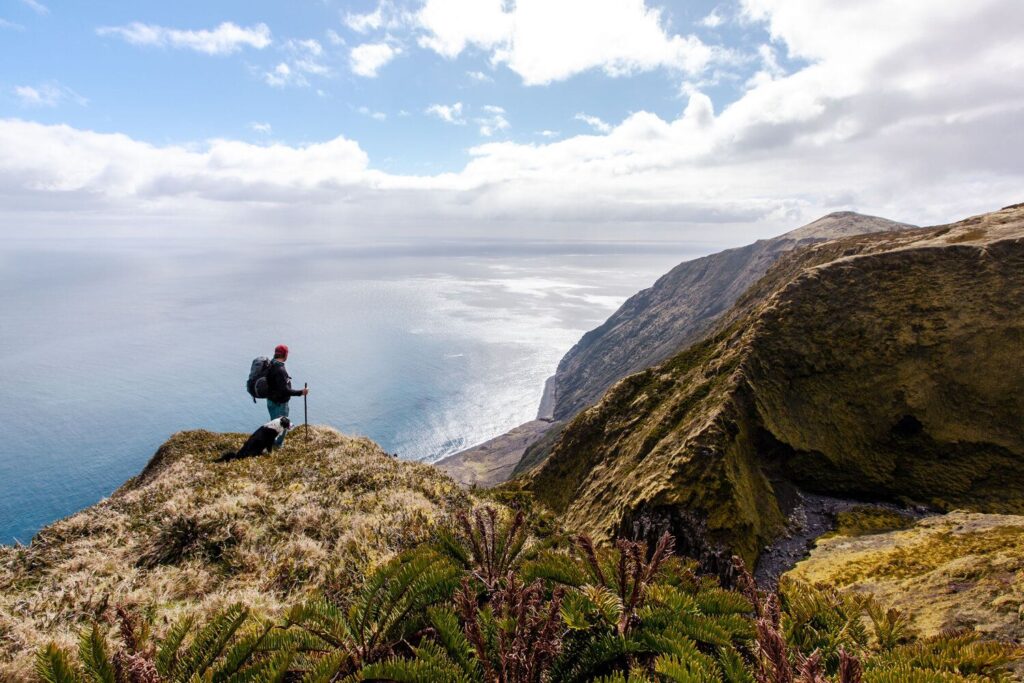
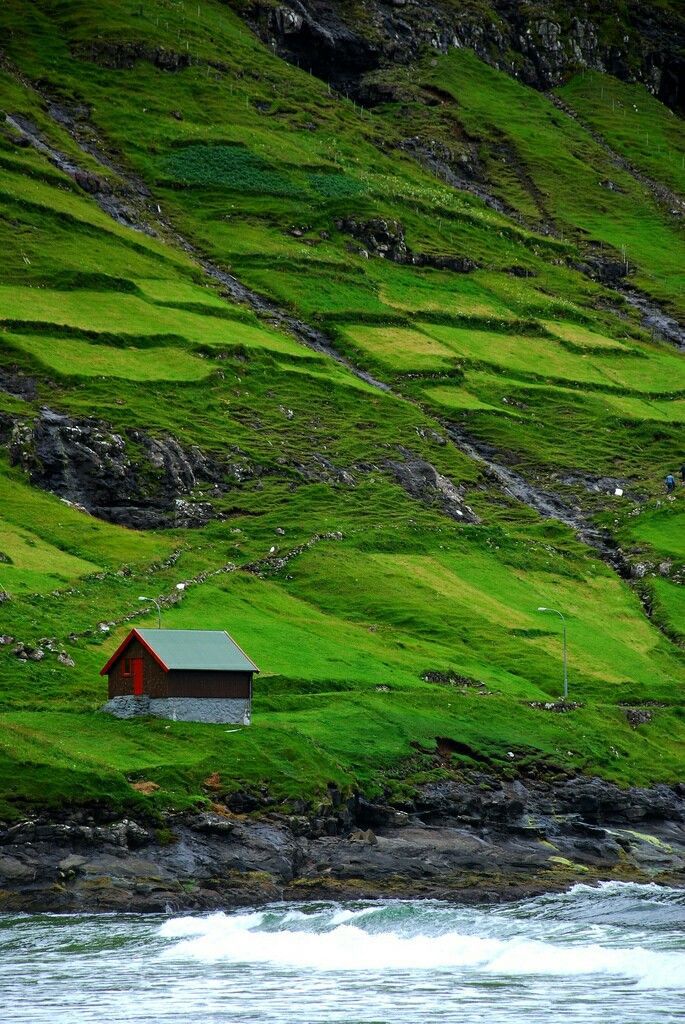
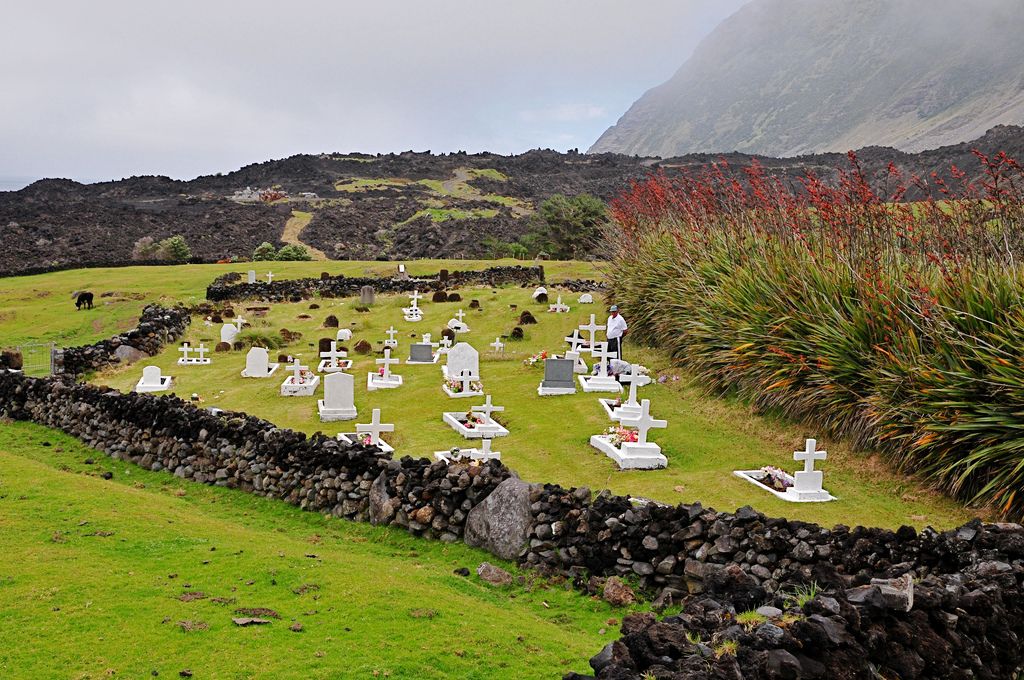
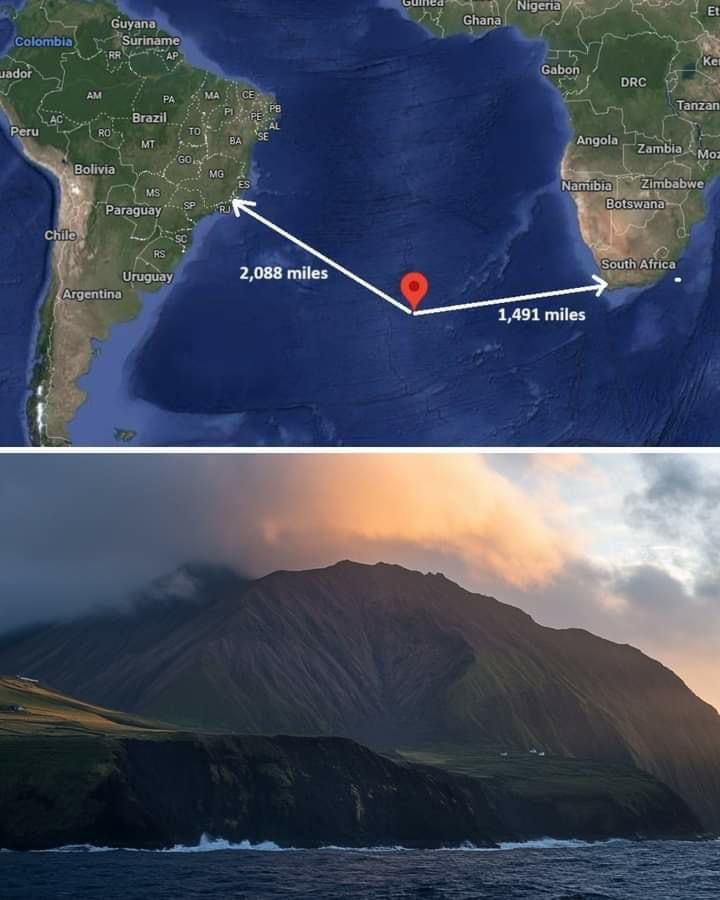
A Glimpse into Another World.
Tristan da Cunha is more than just an island; it’s a testament to resilience, community, and the beauty of living simply. For those who venture there, it’s an unforgettable journey to one of the last truly untouched corners of the Earth.
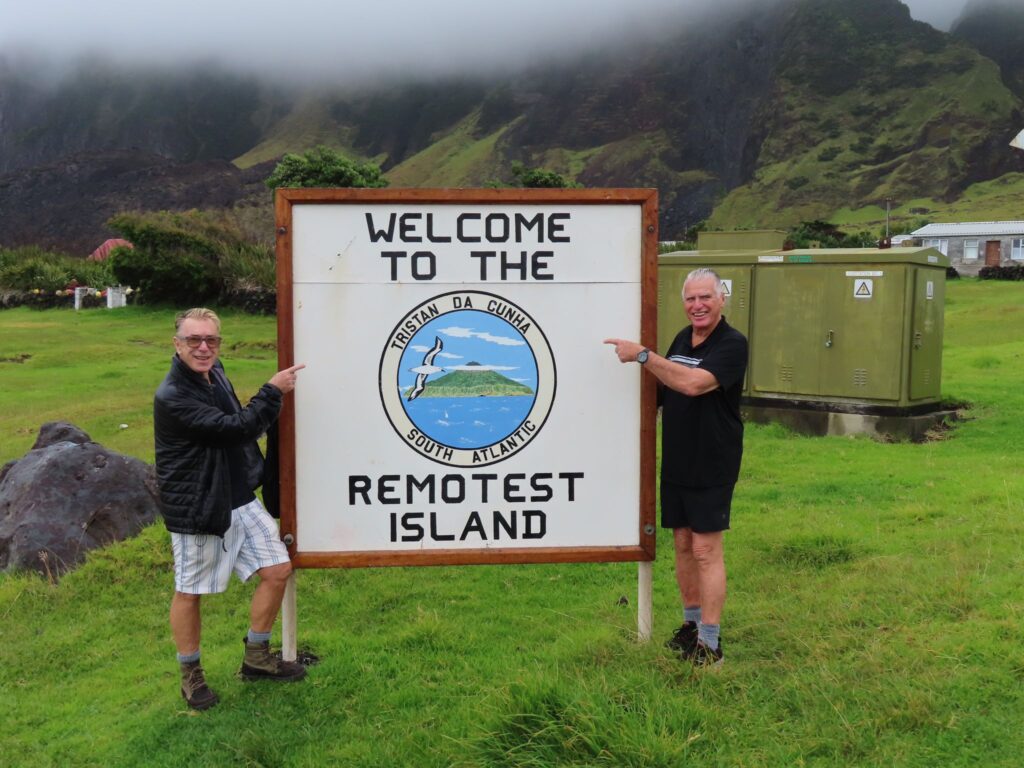
image credit reddit.com
you may also like it:

